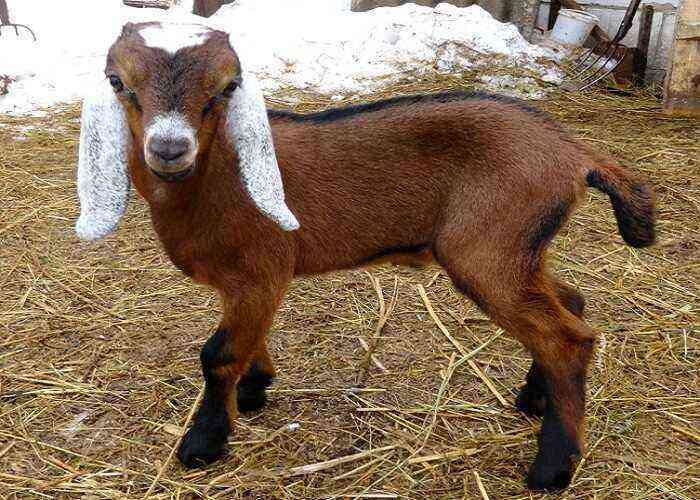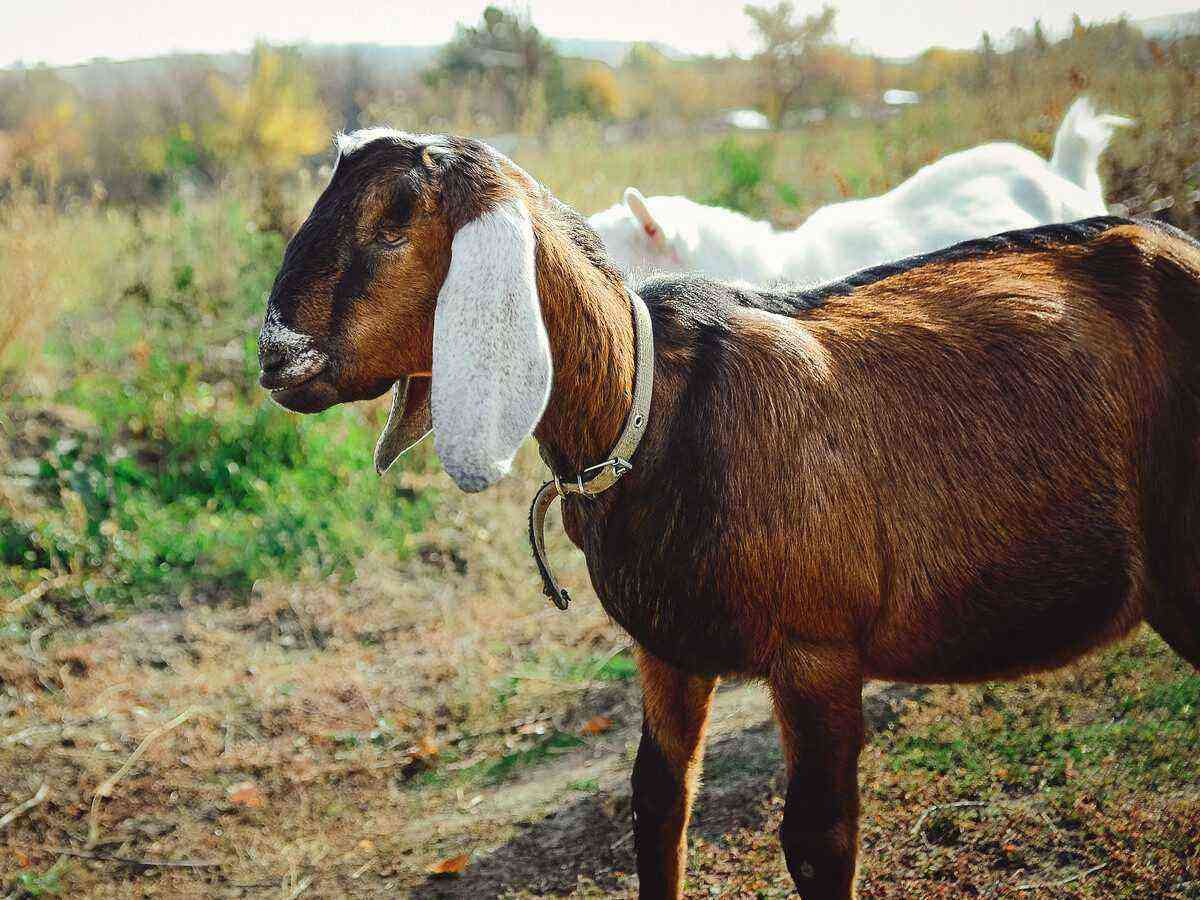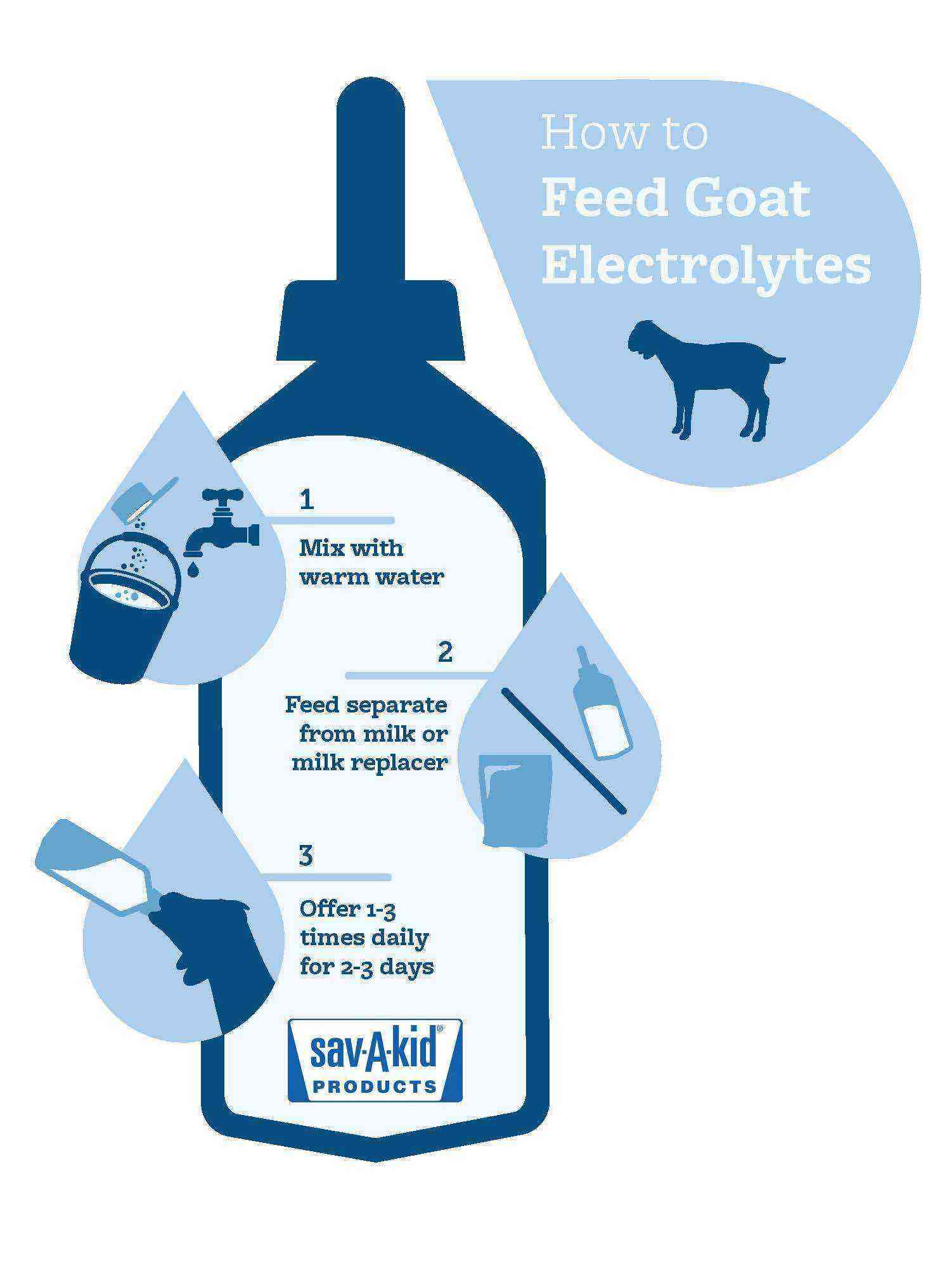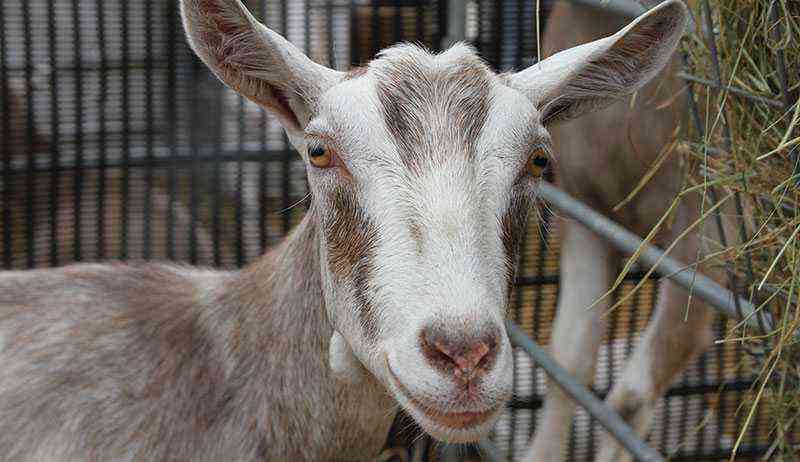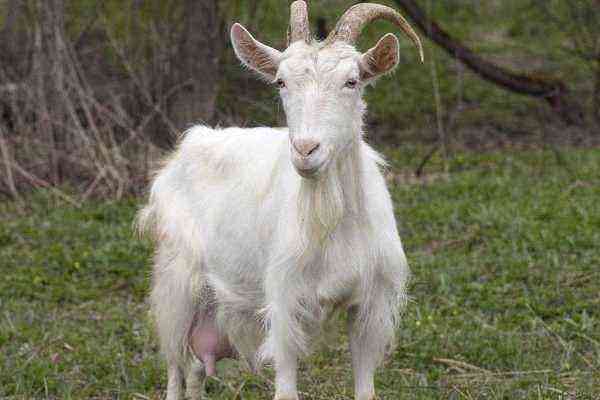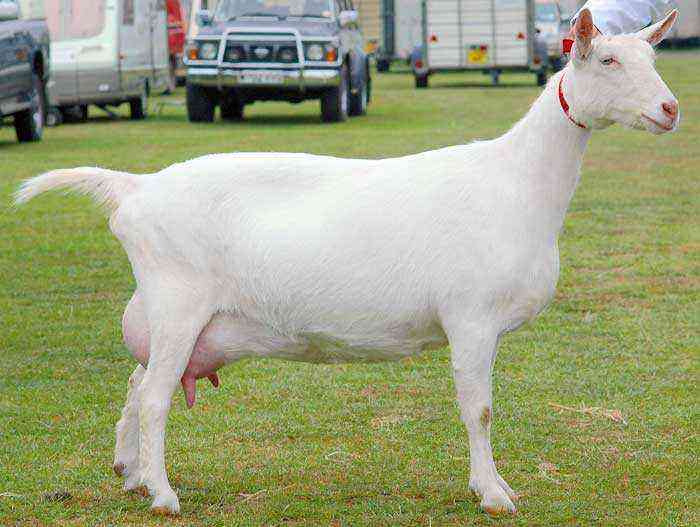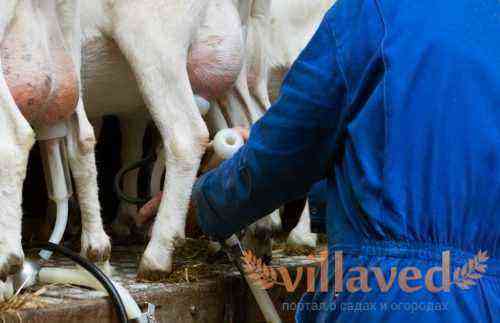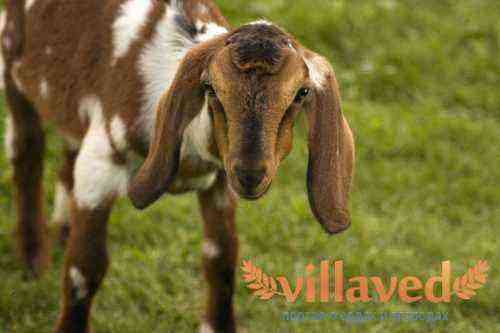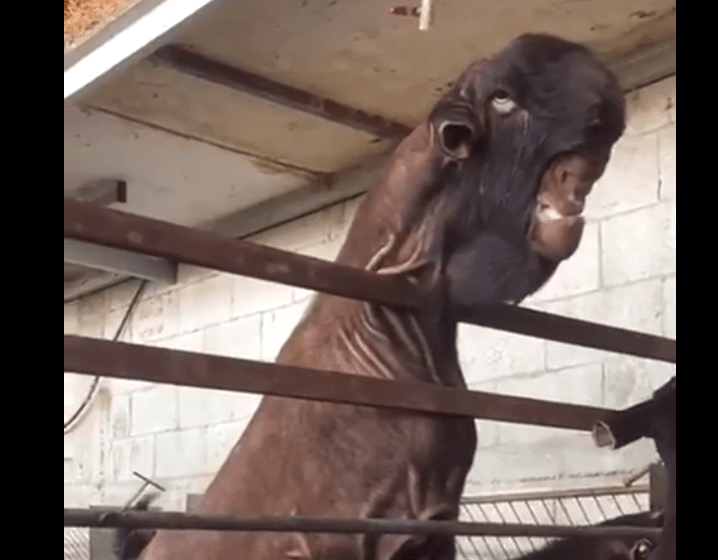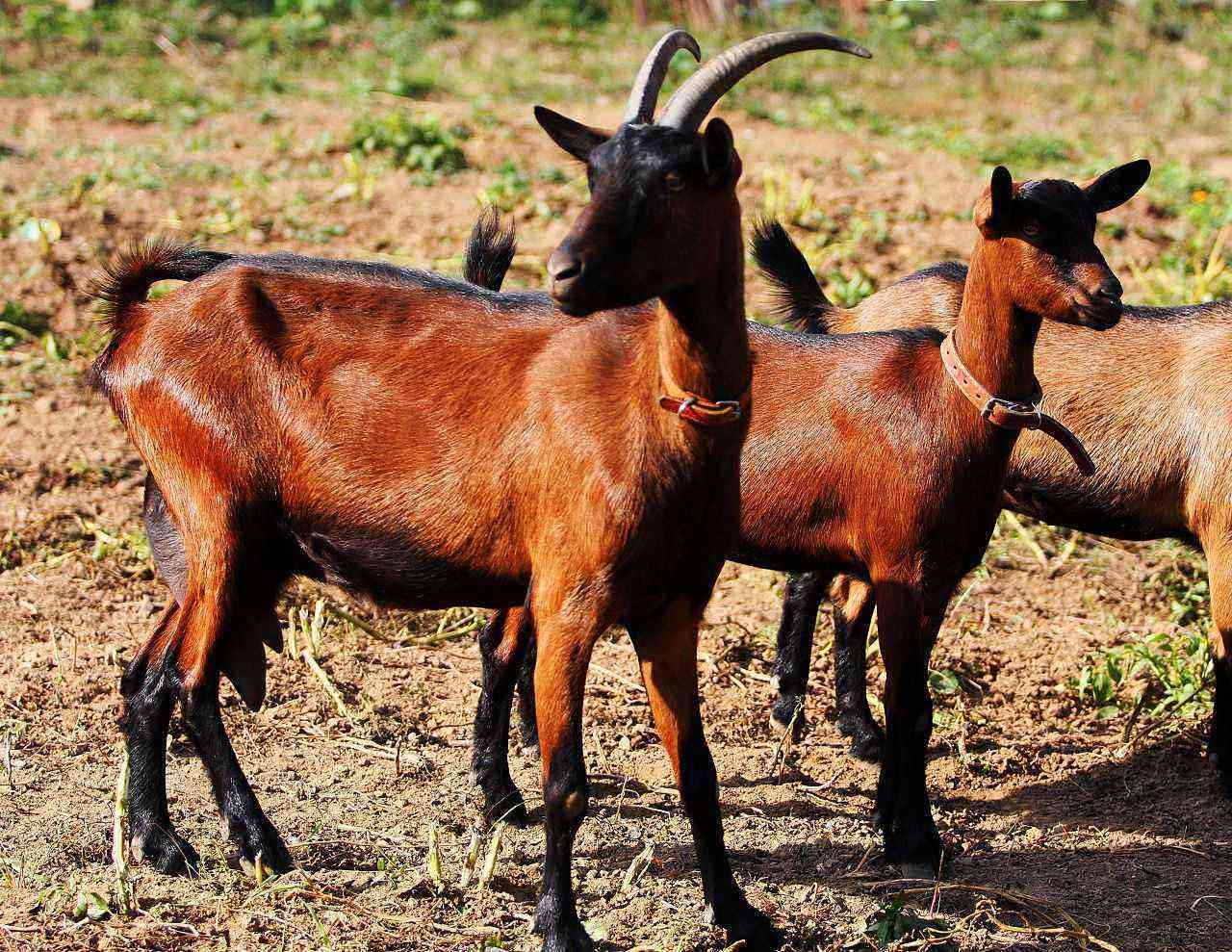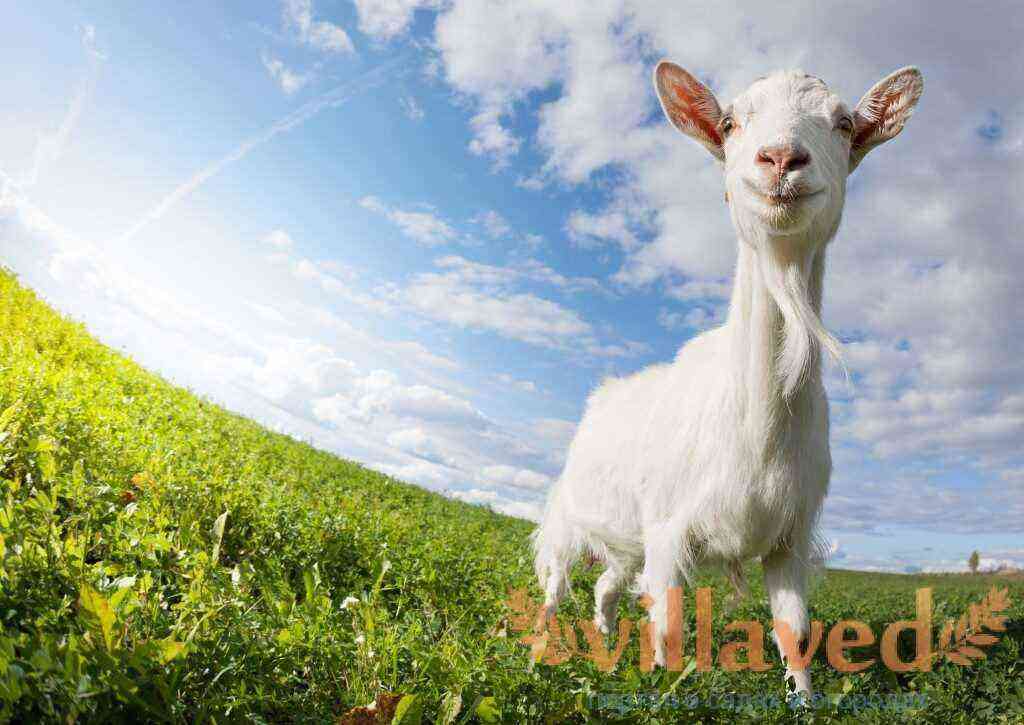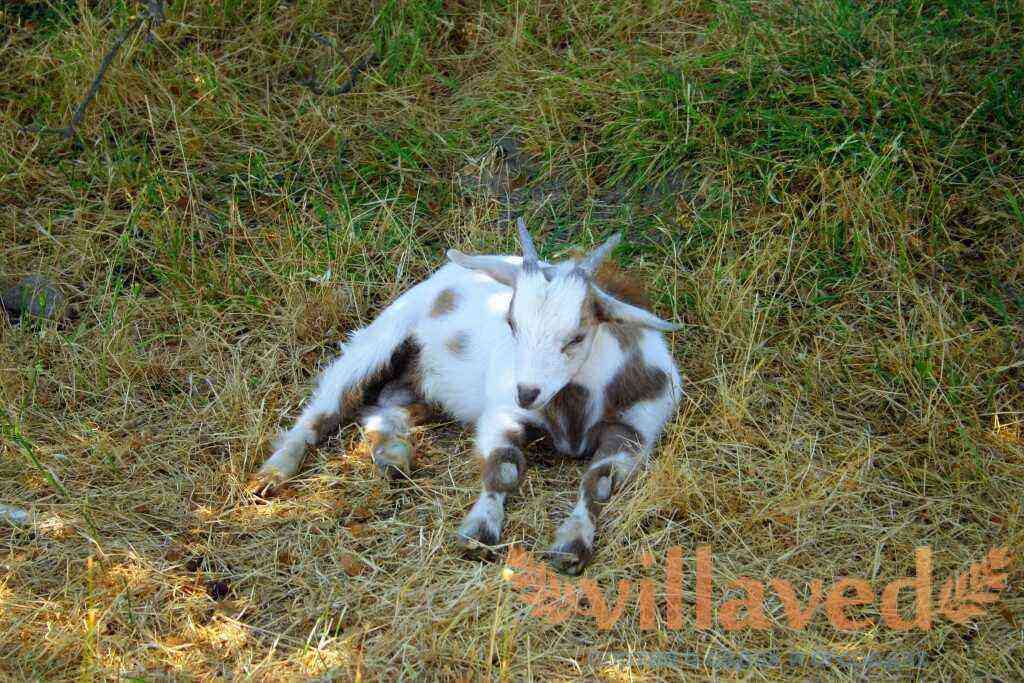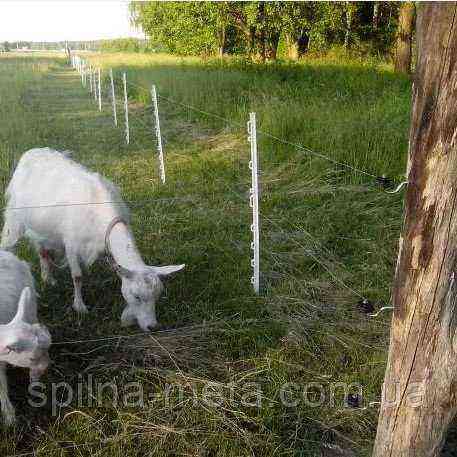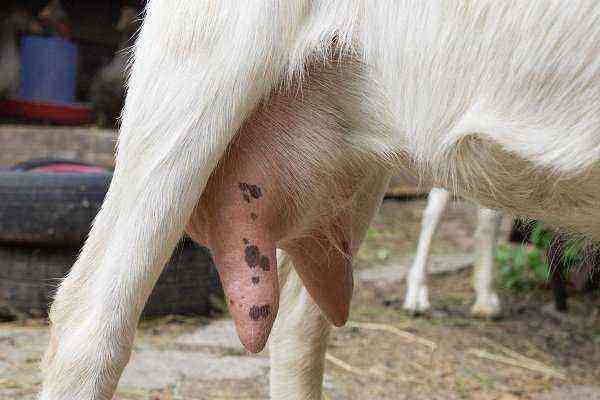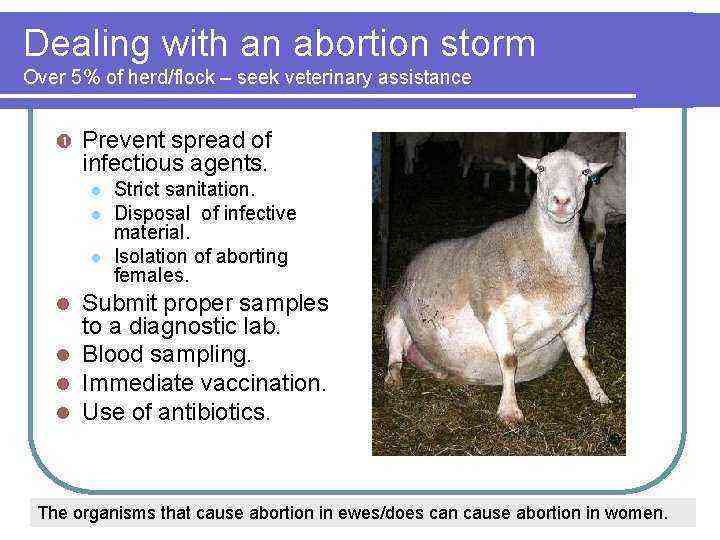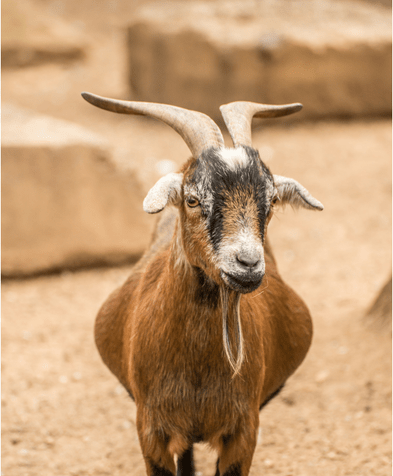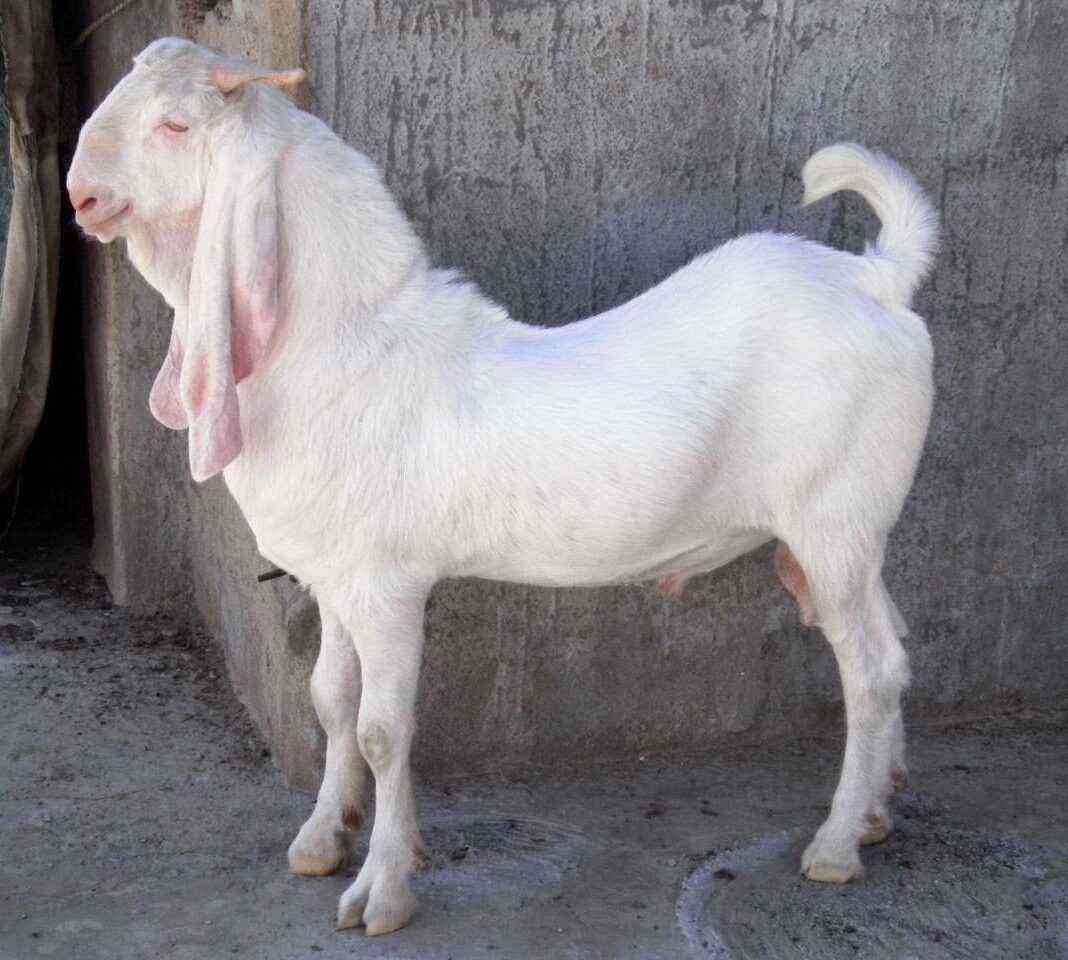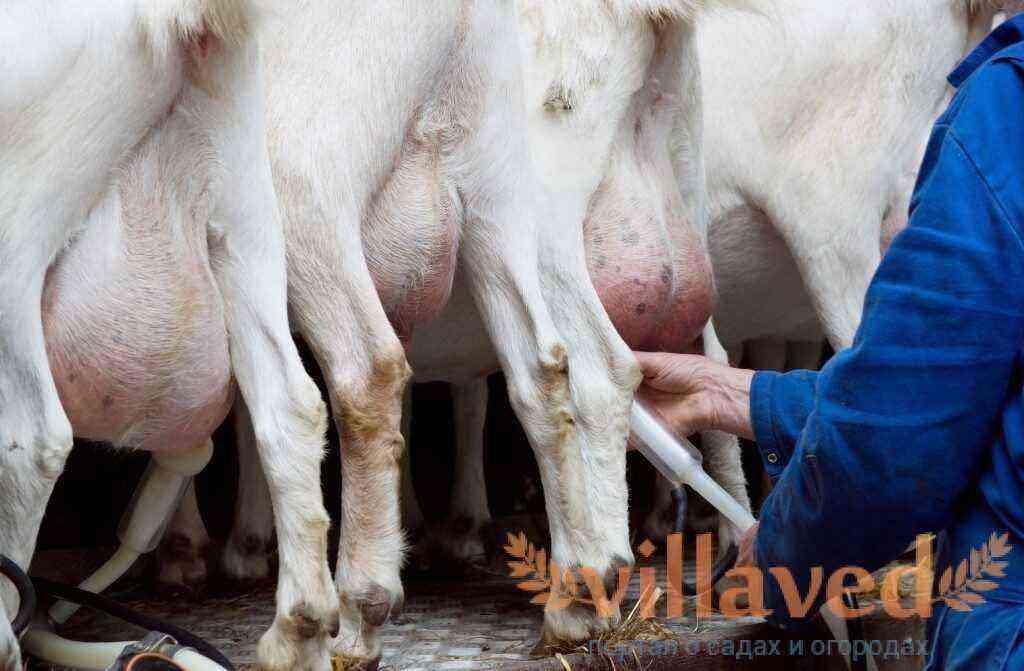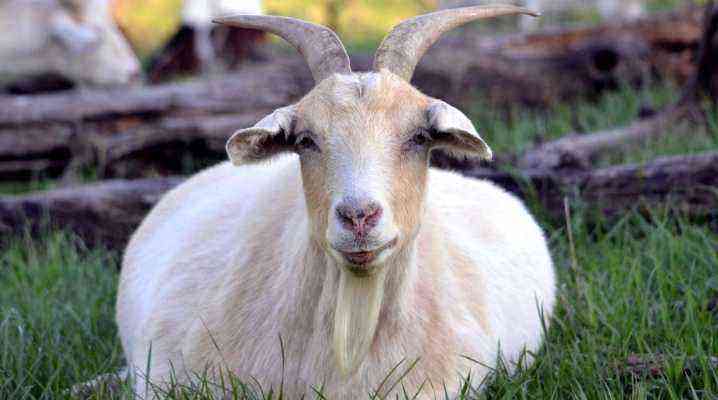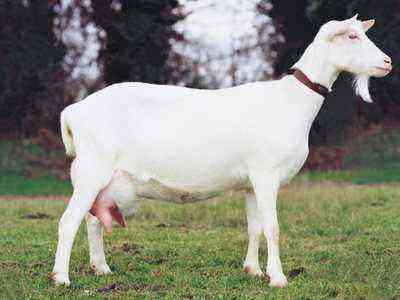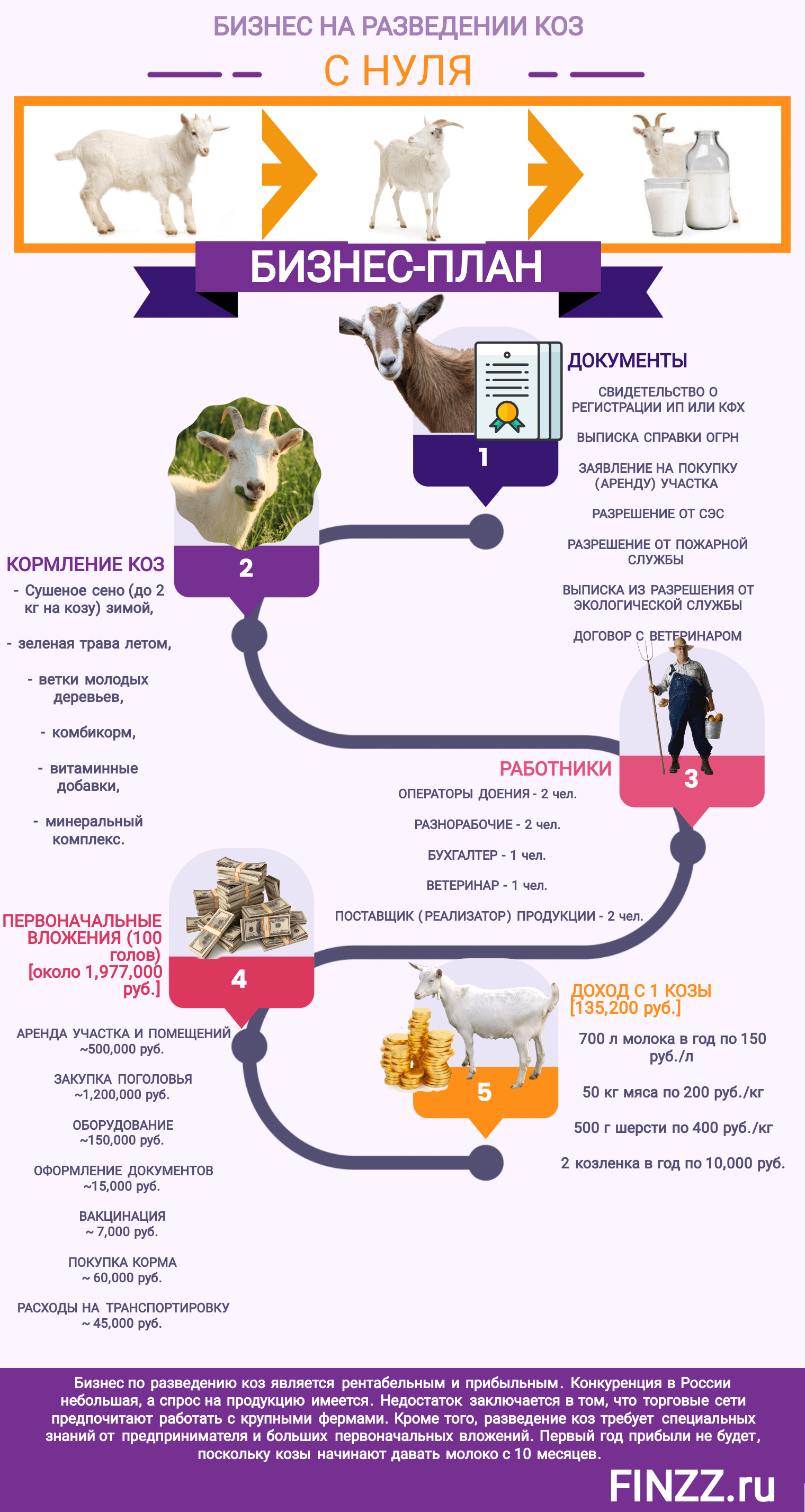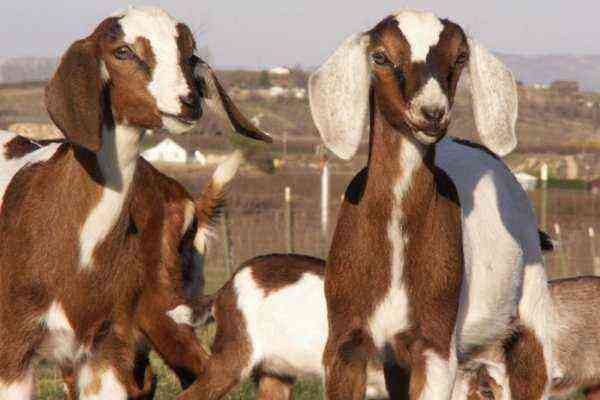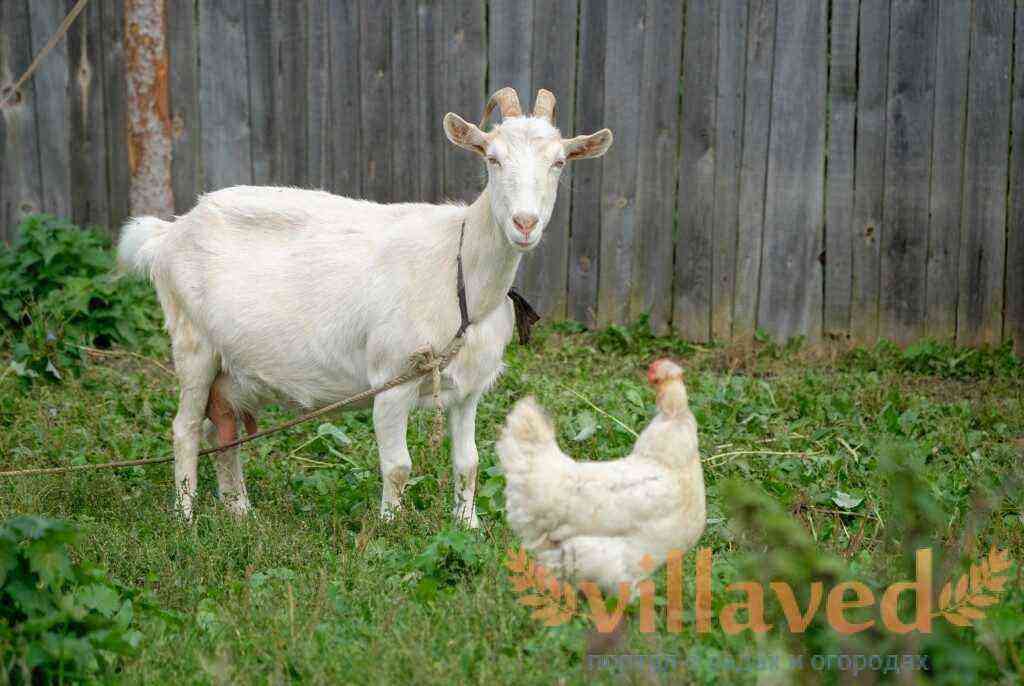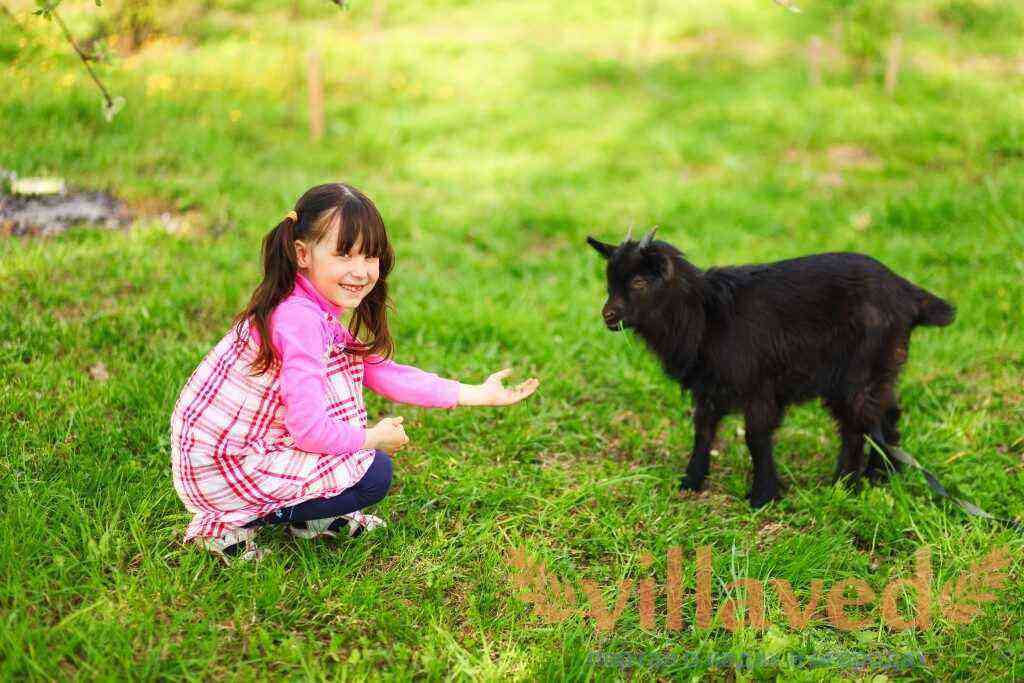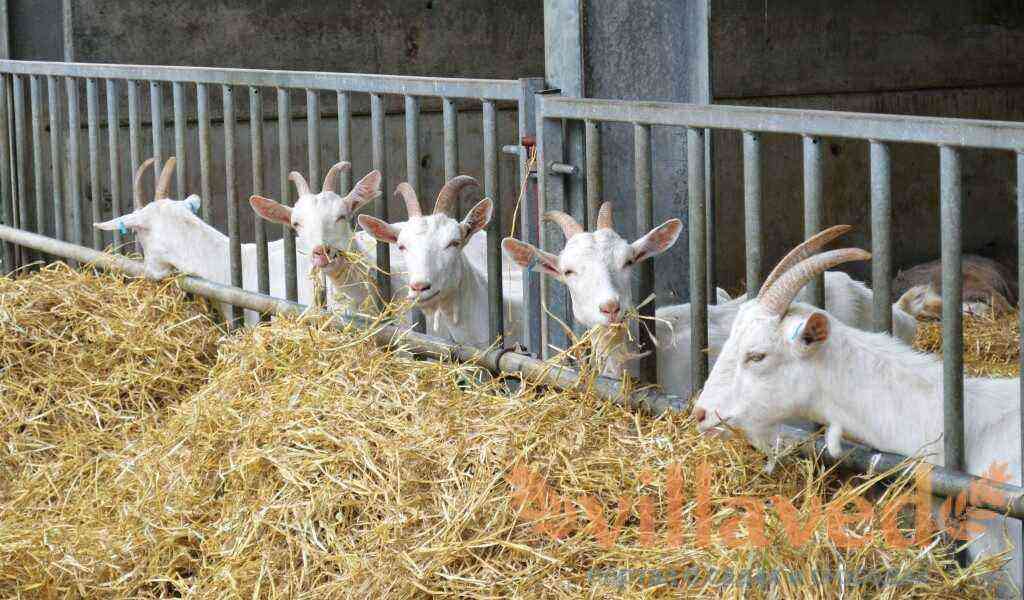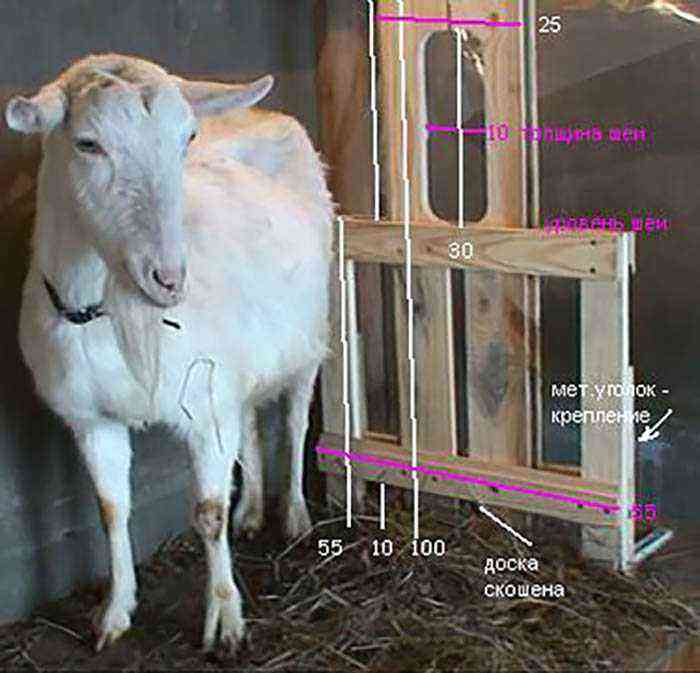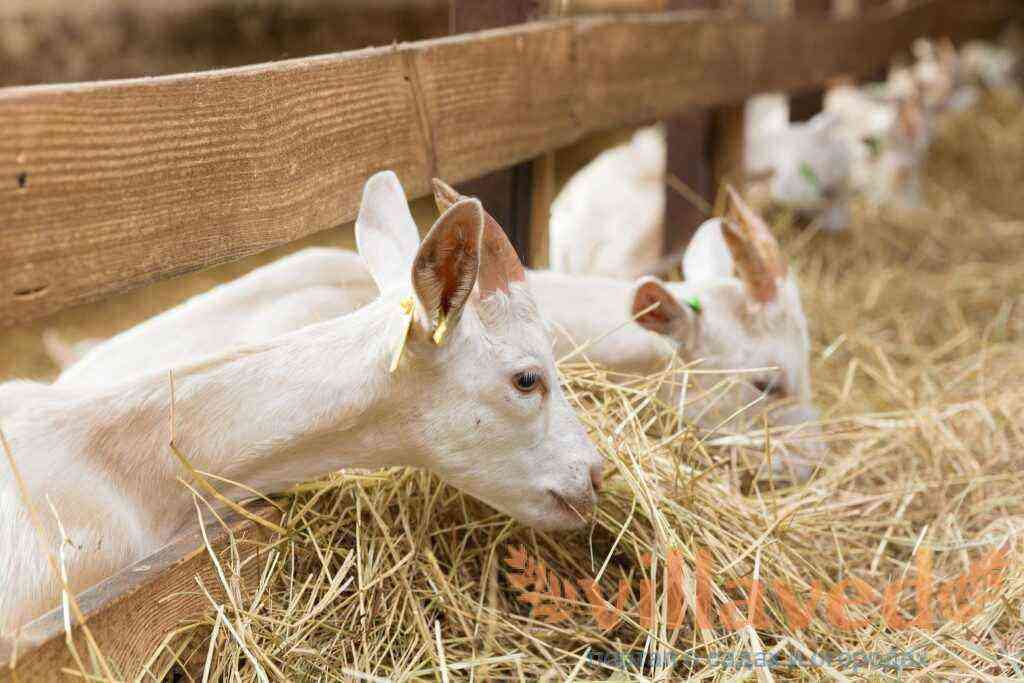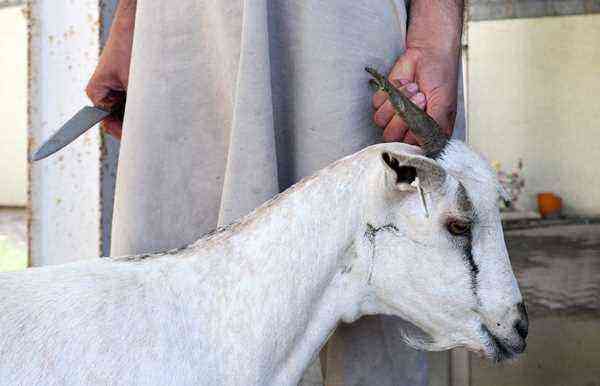Often, livestock breeders are faced with a problem when a goat bump pops up. It happens that in newborn kids or a goat one, two or three bumps pop up. Outwardly, they can be almost invisible, and they are found by chance, mainly during palpation. If a bump pops up in newborn kids on the neck or behind the ear, then this may be due to iodine deficiency.
Goat bump
The bumps on the neck are most often soft, but this can indicate other problems as well. Sometimes a bump on the neck, stomach or nipple of a goat appears for no apparent reason. In this case, all the blame may be injuries received in the corral, or some kind of disease. The appearance of bumps on the body of a goat indicates that the body reacts to external circumstances in this way. What to do in this case? If any bumps are found on the body of the animal, it is necessary to show it to the veterinarian. An experienced specialist will take tests and visually inspect the goat.
The content of the article:
Causes of cones in a goat
- various injuries;
- abnormal body structure;
- deficiency of iodine-containing products;
- the presence of diseases that provoke the appearance of formations;
- goat pregnancy and false bulges.
Finding a bump on a goat
First of all, it is necessary to correctly establish the cause in order for the treatment to bring a positive result. Before the veterinarian makes a diagnosis, you should try to remember where the animal might have gotten the bump from. Most often, goat injuries occur while the animals are small. It is necessary to ensure that there are no sharp or unnecessary objects in the corral.
In rare cases, kids from birth on the body have formations of various shapes and diameters. They are usually soft and barely noticeable. In this case, you need to look for reasons in the goat.
In the place where the bump is located, the hairline may be absent. Rashes can be both painful and those in which the kids do not feel them at all. You can check this with the help of palpation: if the animal allows you to touch the formation, then most likely it does not hurt him. If the place of palpation responds with pain, then the animal will break out, make sounds and instinctively close.
On the nipple, a bump is most often found during an examination or when milking a goat.
If a goat has a lump on its belly and the animal is pregnant at that moment, it may be a vein.
Such protrusions under the skin sometimes occur due to swelling of the veins in the abdomen, and it is very difficult to figure out what it really is under the hairline.
After the cubs are born, you need to check the belly of the goat. If the bump disappeared, then the alarm was false.
iodine deficiency
If the body of animals is deficient in iodine-containing products, then in this case the thyroid gland cannot work in its usual mode. Lack of iodine is felt not only by the goat, but also by its offspring.
During pregnancy, you need to carefully monitor the diet of the animal. Foods such as peas, cabbage and clover interfere with the absorption of iodine. Goats should receive at least 0,9 mg of iodine per 1 kg of body weight.
To replenish iodine reserves, iodine-containing preparations can be purchased at the pharmacy. You can also revise the diet of animals and add more bark and leaves of the Manchurian walnut to it. Some breeders give their goat iodized salt in special slime brackets. Also, many simply add iodine to the water or lubricate the bump. To carry out such procedures, you need to make sure that the formation appeared precisely because of the deficiency of iodine-containing drugs.
infected wounds
Sometimes wounds appear on the body of the animal, which subsequently begin to fester. This is easy to see by the way the bump swells. In this case, it is necessary that the veterinarian open the wound.
At home, you can lubricate the formation with Vishnevsky ointment. If the abscess has broken through, then it must be washed with hydrogen peroxide and a bandage with levomekol should be put into the wound. The remaining pus will come out through the bandage, and Levomekol will begin to pull it out. If the animal is on the mend, then it means that you need to continue to do dressings with ointment. If the ointments do not help, then you may have to put an antibiotic.
The drug should be chosen only by a veterinarian, taking into account the characteristics of the goat, its state of health. Incisions of a festering wound are carried out mainly under local anesthesia. In rare cases, another type of anesthesia is given.
In order not to bring the animal to such a state, it is necessary to regularly inspect the herd for cuts and scratches, paying special attention to the stomach and neck, then suppuration can be detected in the early stages. It is mandatory to maintain cleanliness in the paddock and carry out cleaning using special tools.

